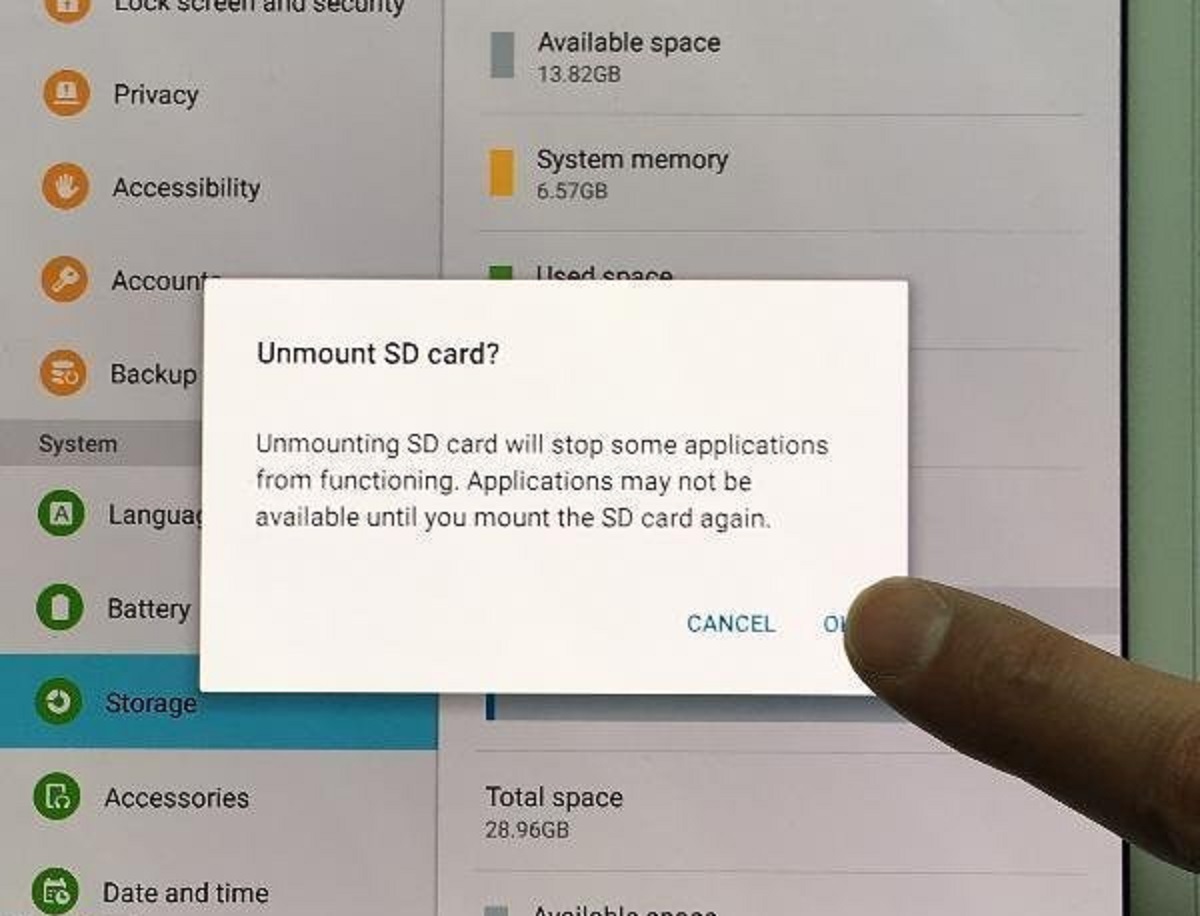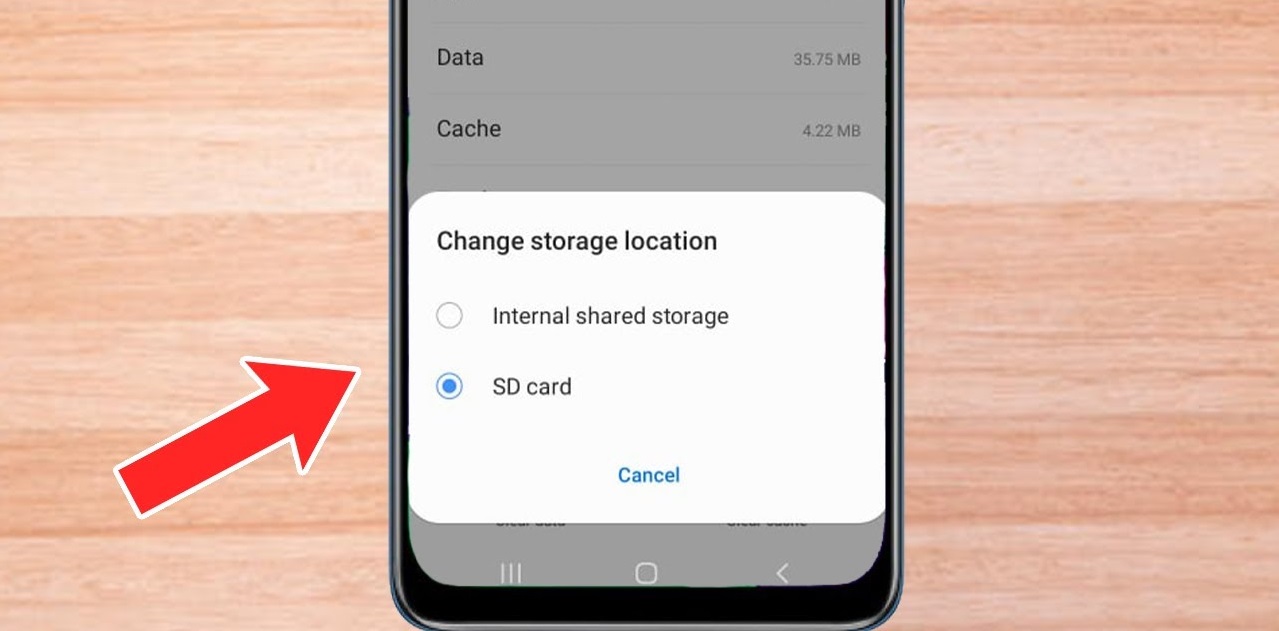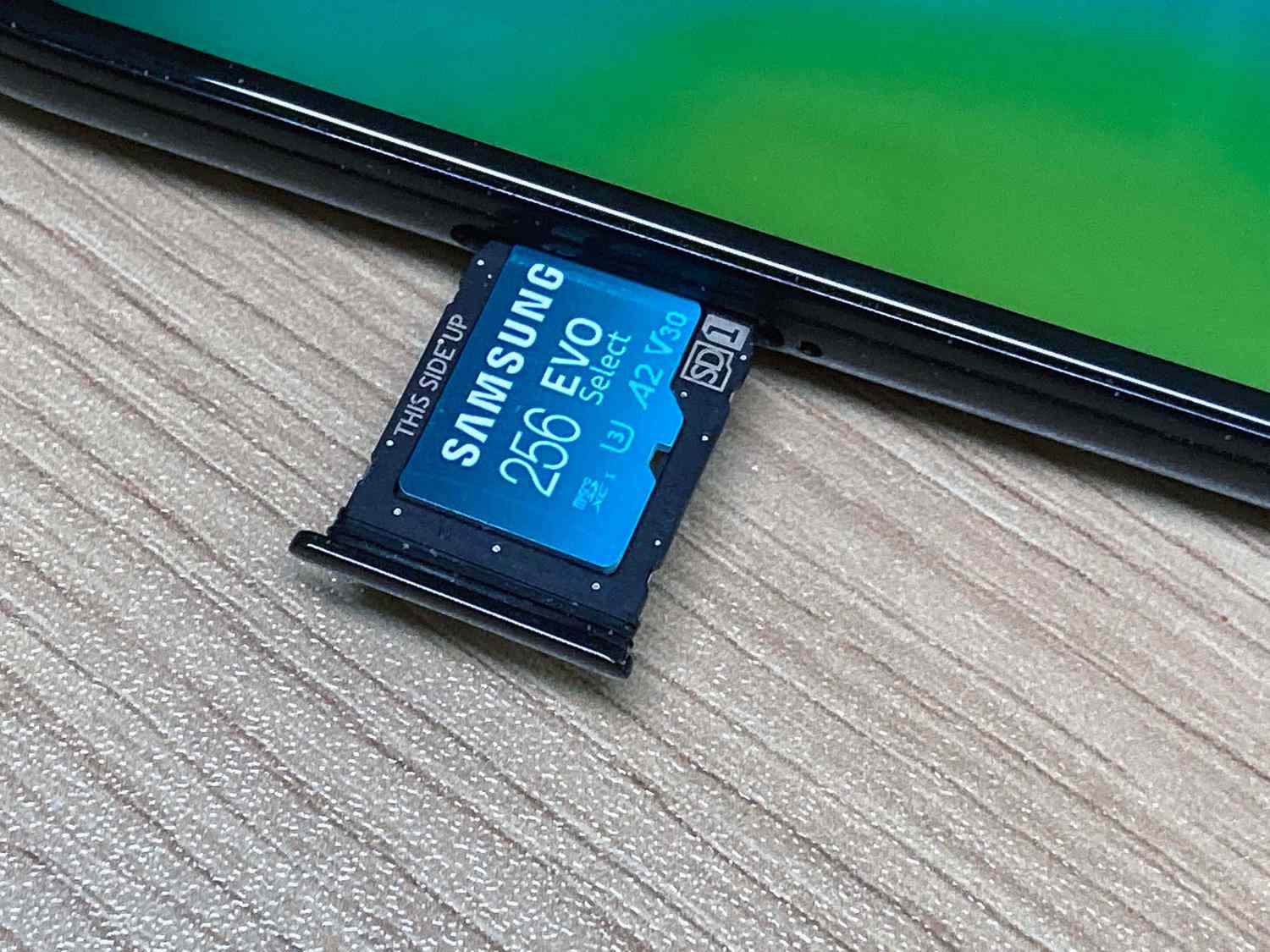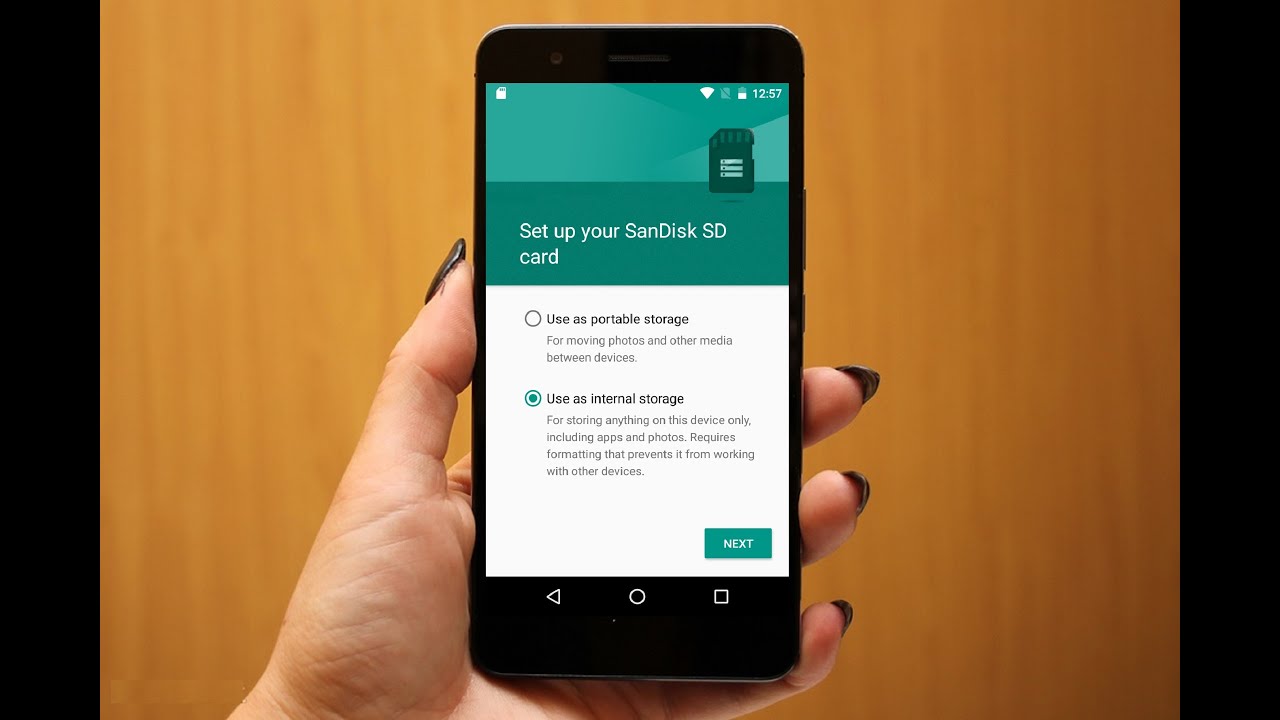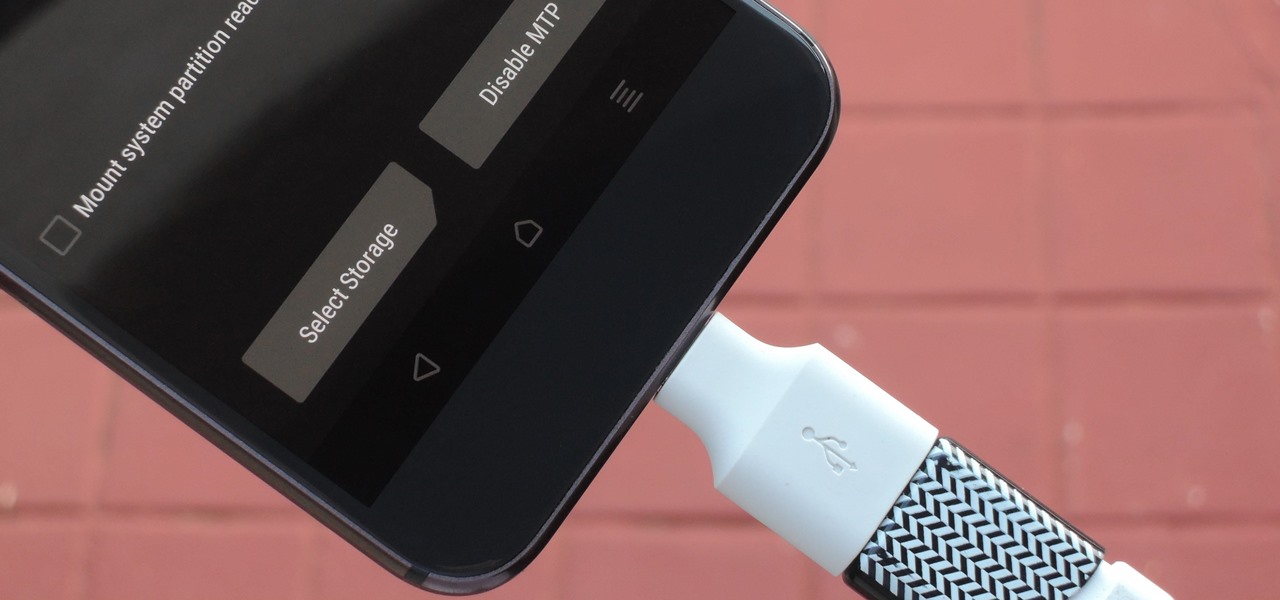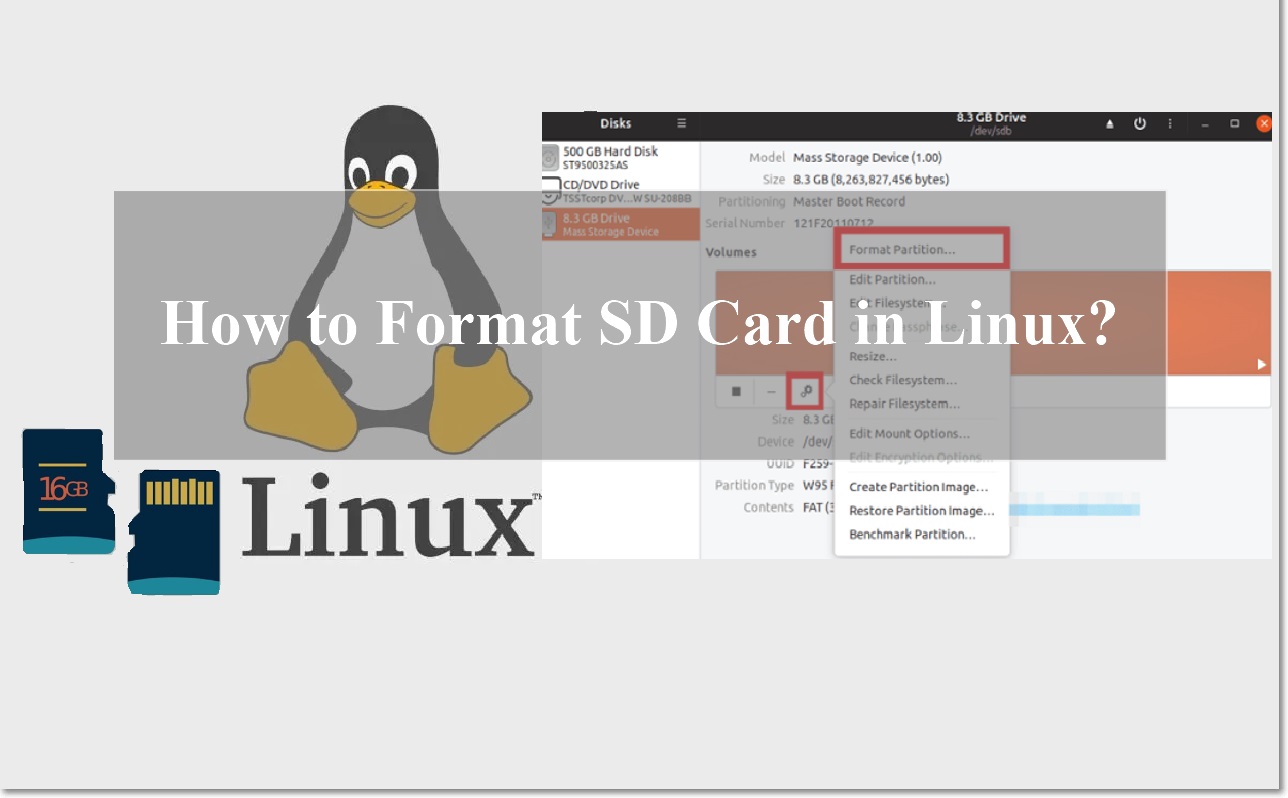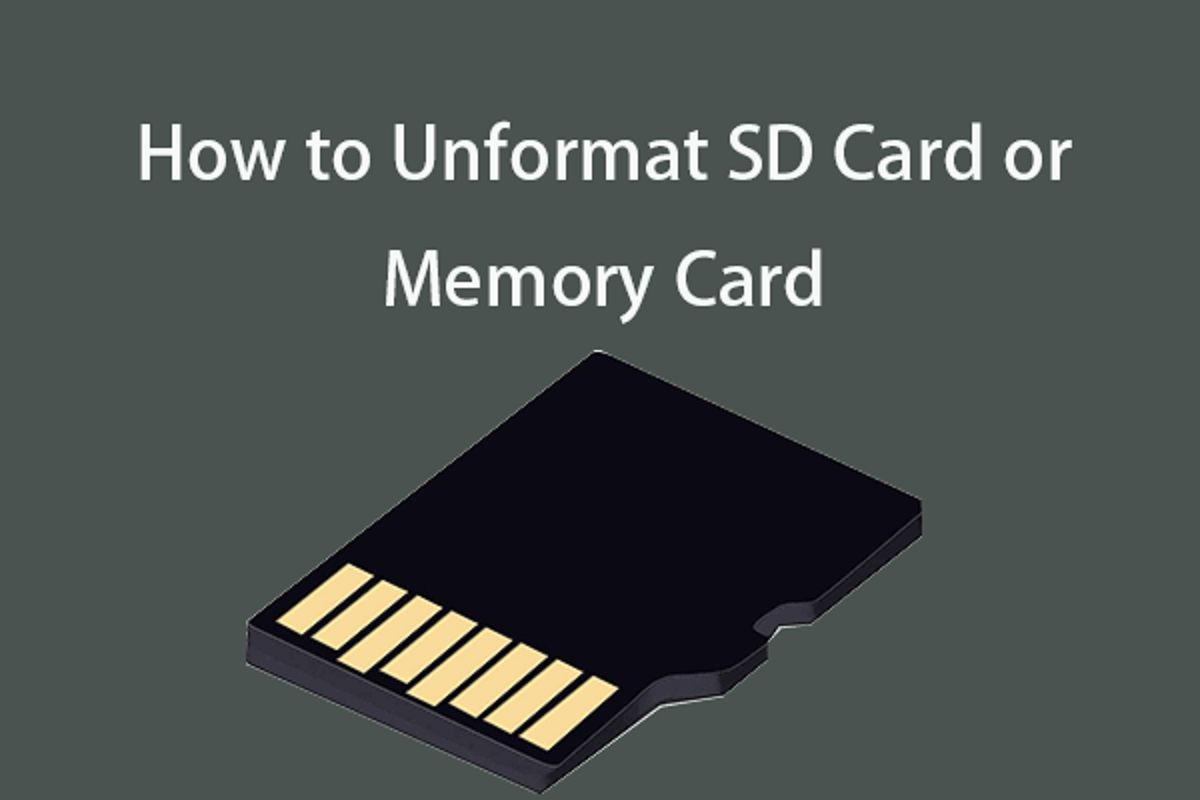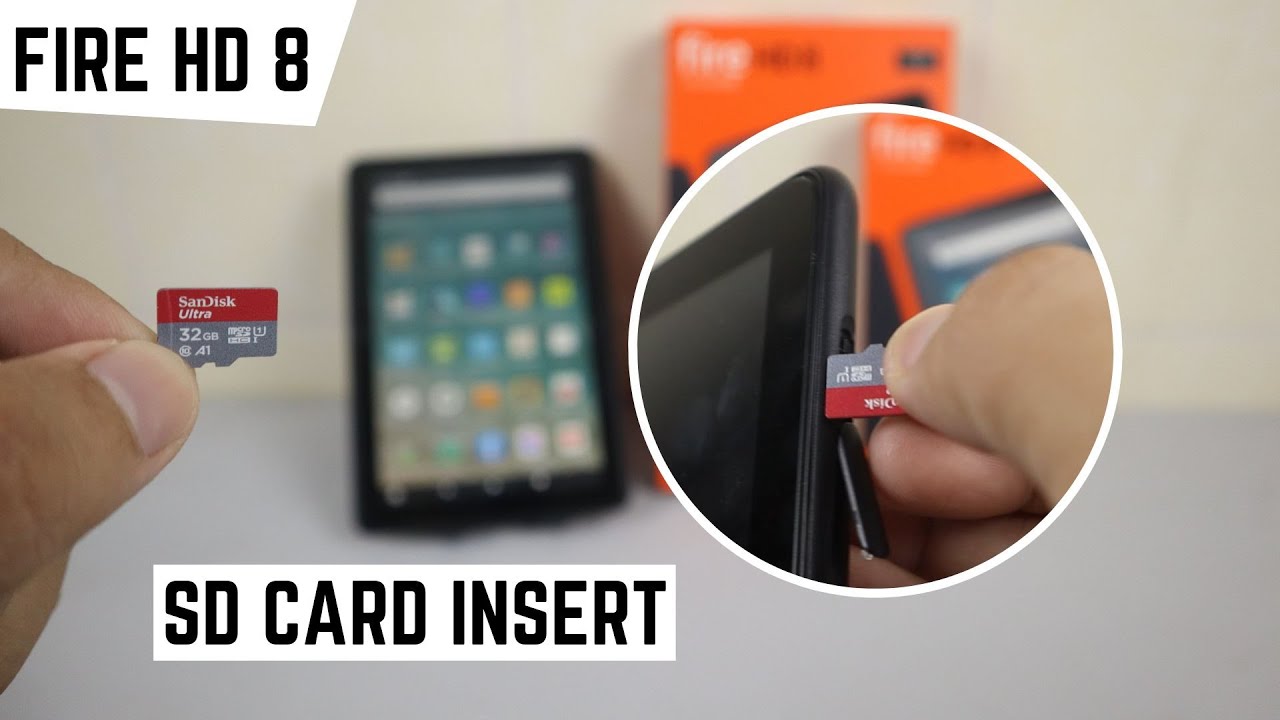What Does It Mean To Unmount An SD Card?
An SD card, or Secure Digital card, is a small, portable storage device commonly used in devices such as smartphones, cameras, and tablets, to expand their storage capacity. When using an SD card, it is important to understand the concept of unmounting it properly.
Unmounting an SD card refers to the process of safely disconnecting it from a device before physically removing it. It essentially notifies the operating system that the SD card will no longer be accessible or in use by any active applications or processes.
When you mount an SD card, it becomes accessible to the device’s operating system, allowing you to perform actions such as copying, deleting, or modifying files stored on it. On the other hand, unmounting an SD card ensures that all active read or write processes involving the card are completed, preventing data corruption or loss.
Think of unmounting an SD card as a way to close all open connections between the storage device and the operating system, ensuring that no data is being transferred or modified during the removal process.
Overall, unmounting an SD card is a crucial step to safeguard your data and maintain the integrity of the card itself. By following the proper unmounting procedure, you can avoid potential data loss and ensure a seamless user experience with your devices.
Why is Unmounting Necessary?
Unmounting an SD card is necessary to ensure the integrity and safety of the data stored on the card. Here are a few reasons why unmounting is important:
- Data Protection: When you unmount an SD card, it ensures that all current read and write operations are completed. This prevents any potential data corruption or loss that could occur if the card is abruptly removed while data is being accessed or modified.
- Proper File System Handling: Unmounting allows the operating system to properly handle the file system on the SD card. This includes flushing any pending writes, closing open files, and updating the file allocation table. These steps help prevent file system errors and inconsistencies.
- Preventing Damage to the SD Card: Unmounting ensures that no active processes or applications are using the SD card. Removing the card without unmounting it first can cause damage to the card or the device, as it may still be in use and accessed by the operating system.
- Avoiding Data Loss and Corruption: Abruptly removing an SD card without unmounting it increases the risk of data loss or corruption. Incomplete writes or open file handles can lead to files becoming unreadable or files and directories becoming fragmented. Unmounting reduces these risks by completing all pending operations before removal.
In summary, unmounting an SD card is necessary to protect your data and the card itself. It ensures that all ongoing operations are completed, maintains the integrity of the file system, prevents damage to the card or device, and avoids potential data loss or corruption. By following the proper unmounting procedure, you can ensure the longevity and reliability of your SD card, as well as maintain a smooth user experience with your devices.
Different Ways to Unmount an SD Card
Unmounting an SD card can be done through various methods, depending on the device and operating system you are using. Here are the common ways to unmount an SD card:
- Using Device Settings: On most smartphones, tablets, and cameras, you can unmount an SD card by navigating to the device settings. Look for the “Storage” or “SD Card” option and select “Unmount” or “Eject” to safely disconnect the card from the device.
- Using File Manager: Many devices have built-in file managers that allow you to manage the files stored on your SD card. Open the file manager app, find the SD card storage, and look for an option to unmount or eject the card. This method provides a quick and convenient way to unmount the SD card.
- Using Shortcut or Widget: Some devices offer shortcuts or widgets that can be placed on the home screen. These shortcuts provide quick access to unmounting an SD card with just a single tap. Check your device’s documentation or settings to see if it offers this feature.
- Using Command Line Interface: For advanced users or those using a computer, you can unmount an SD card through the command line interface. On Windows, you can use the “diskpart” utility or the “RemoveDrive” command. On macOS and Linux, you can use the “umount” command followed by the SD card’s mount point.
It’s important to note that the steps and options may vary slightly depending on your specific device and operating system. Always refer to the device’s user manual or documentation for the precise instructions on unmounting an SD card.
By using one of these methods to unmount your SD card, you ensure that all active read or write processes are completed, and the card can be safely removed without risking data loss or damage to the card or device. Choose the method that is most convenient and accessible to you, and make it a habit to unmount your SD card before removal.
How to Unmount an SD Card on Android
If you are using an Android device, unmounting an SD card is a straightforward process. Here’s how you can do it:
- Open the “Settings” app on your Android device. You can usually find it in the app drawer or by swiping down from the top of the screen and selecting the gear icon.
- Scroll down and look for the “Storage” or “Storage & USB” option. Tap on it to access the storage settings.
- In the storage settings, you will find a list of storage options on your device, including the SD card. Tap on the SD card option to open its settings.
- Look for the option to “Unmount” or “Eject” the SD card. Tap on it to begin the unmounting process.
- A confirmation prompt will appear, notifying you that your SD card is about to be unmounted. Make sure you have closed any apps or processes that might be using the SD card and tap “OK” to proceed.
- Wait for the unmounting process to complete. Once it’s done, you will receive a notification indicating that the SD card has been unmounted.
- You can now safely remove the SD card from your Android device without risking any data loss or damage.
It’s important to note that the terminology and options may differ slightly depending on the Android version and device manufacturer. If you are unsure about the exact steps on your specific device, refer to the device’s user manual or documentation.
Following these steps ensures that all active read or write processes involving the SD card are completed, allowing you to safely remove it without any complications. Remember to unmount your SD card before physically removing it from your Android device to protect your data and maintain the card’s integrity.
How to Unmount an SD Card on Windows
If you are using a Windows computer, unmounting an SD card is a simple process. Here’s how you can do it:
- Ensure that you have closed any open files or applications that might be accessing the SD card.
- Locate the “Safely Remove Hardware” icon in the system tray, which is typically located in the bottom-right corner of the screen. It may look like a USB plug or a green checkmark.
- Click on the “Safely Remove Hardware” icon to open the device removal menu.
- In the device removal menu, you should see a list of connected devices, including your SD card. Identify the SD card from the list.
- Click on the SD card’s name and select the “Eject” or “Safely Remove” option.
- A notification will appear, informing you that it is safe to remove the SD card. Wait for the notification to indicate that the SD card can be safely removed.
- Once the notification appears, physically eject the SD card from the card reader slot. Ensure that you handle it carefully and avoid any unnecessary force.
It is worth noting that Windows may cache data on the SD card, which can cause delays in unmounting. To ensure a safe removal, always wait for the notification that confirms it is safe to remove the SD card.
If you do not see the “Safely Remove Hardware” icon in the system tray, you can also unmount the SD card through the File Explorer:
- Open the File Explorer by pressing the Windows key and E on your keyboard.
- In the left-hand pane of the File Explorer, you should see a list of drives and storage devices. Locate the SD card and right-click on it.
- From the context menu, select the “Eject” option. This will safely unmount the SD card.
- Once you receive the notification that it is safe to remove the SD card, you can physically eject it from the card reader slot.
By following these steps, you can ensure that all read and write processes involving the SD card are completed, and safely remove it from your Windows computer without risking data loss or damage to the card or device.
How to Unmount an SD Card on macOS
Unmounting an SD card on macOS is a simple process. Here’s how you can do it:
- Ensure that you have closed any files or applications that might be using the SD card.
- Locate the SD card icon on your desktop or in the Finder sidebar.
- Click and drag the SD card icon to the Trash icon in the Dock. Alternatively, you can right-click on the SD card icon and select “Eject” from the context menu.
- Wait for the SD card icon to disappear from the desktop or Finder sidebar.
- Once the SD card icon is no longer visible, it is safe to physically remove the SD card from the card reader slot.
Another way to unmount an SD card on macOS is through the Disk Utility:
- Open the Disk Utility by clicking on the “Go” menu in the Finder, selecting “Utilities,” and then launching “Disk Utility.”
- In the Disk Utility window, you should see a list of connected drives and devices. Locate the SD card from the list.
- Click on the SD card, and then click on the “Unmount” button in the toolbar.
- Wait for the unmounting process to complete, and the SD card should no longer appear in the Disk Utility.
- You can now safely remove the SD card from the card reader slot.
By following these steps, you ensure that all active read or write processes involving the SD card are completed, and safely remove it from your macOS device without risking any data loss or damage to the card or device.
Benefits of Unmounting an SD Card Properly
Properly unmounting an SD card offers several benefits that contribute to the overall performance and longevity of the card and the device it is used with. Here are some key advantages of unmounting an SD card:
- Data Safety: Unmounting an SD card ensures that all active read and write operations are completed before removal. This reduces the risk of data corruption or loss, which can occur when files are left open or are being modified during the removal process.
- Device Stability: By unmounting an SD card, you allow the device’s operating system to properly handle the file system and update necessary metadata. This helps maintain the stability and performance of the device, as it can effectively manage and organize files on the SD card.
- Preventing File System Errors: Unmounting an SD card before removal minimizes the chances of file system errors or inconsistencies. It ensures that all pending writes are completed, and the file allocation table is updated, reducing the risk of fragmented files, directory corruption, or other file system-related issues.
- Minimizing Potential Damage: Unmounting an SD card before physically removing it from a device reduces the risk of damage to the card or the card reader. It allows the device to properly disconnect from the card, ensuring that no physical strain or abrupt removal occurs.
- Improved Device Performance: By unmounting an SD card, you free up system resources that were previously being used to access the card. This can lead to improved overall device performance, as it can allocate more resources to other critical tasks or applications.
Overall, unmounting an SD card properly is essential to protect your data, maintain device stability, and prevent potential file system errors. It is a simple yet crucial step to ensure the longevity and reliable performance of both the SD card and the device it is used with.
Consequences of Not Unmounting an SD Card
Failing to unmount an SD card properly can have several negative consequences that can impact the data stored on the card and the overall functionality of the device. Here are some potential consequences of not unmounting an SD card:
- Data Corruption or Loss: When an SD card is not properly unmounted, there is a risk of data corruption or loss. This can occur if files are being accessed or modified at the time of removal, leading to incomplete writes or file system inconsistencies.
- File System Errors: Not unmounting an SD card can result in file system errors, such as fragmented files, directory corruption, or unlinked files. These errors can make it difficult to access or retrieve data from the card, and may require additional efforts to repair or recover the files.
- Device Instability: Failing to unmount an SD card can leave open file handles or read/write processes that disrupt the stability of the device. This can lead to system crashes, freezes, or other performance issues that affect the overall user experience.
- Physical Damage: Removing an SD card without unmounting it first can cause physical damage to the card or the card reader. Abruptly pulling out the card while it is still being accessed by the operating system can strain the connectors and potentially break them.
- Loss of Warranty: In some cases, not properly unmounting an SD card before removal can void the warranty of the device. If damage occurs due to improper card removal, the manufacturer may not cover the repairs or replacements under warranty.
It is important to develop the habit of unmounting an SD card properly to avoid these consequences. By following the correct procedure, you can protect your data, maintain the integrity of the file system, and ensure the longevity and reliable performance of both the SD card and the device it is used with.
Conclusion
Unmounting an SD card may seem like a small and insignificant step, but it plays a crucial role in maintaining the integrity of both the data stored on the card and the device it is used with. By properly unmounting the SD card, you protect against data corruption or loss, prevent file system errors, and ensure the overall stability of your device.
Whether you’re using an Android device, Windows computer, or macOS system, the process of unmounting an SD card is relatively simple and can be accomplished through the device settings, file manager, or command line interface. It’s important to familiarize yourself with the specific steps for your device to ensure a safe and proper unmounting process.
Neglecting to unmount an SD card can lead to several consequences, including data corruption, file system errors, device instability, physical damage, and even voiding the device warranty. Taking the time to unmount the card before removal can help you avoid these issues and protect your valuable data.
In summary, unmounting an SD card is a small but essential practice that should be incorporated into your routine. By following the proper unmounting procedure, you safeguard your data, maintain device stability, and prolong the lifespan of your SD card. So, next time you’re ready to remove your SD card, remember to take the extra moment to unmount it properly – you’ll be glad you did.







